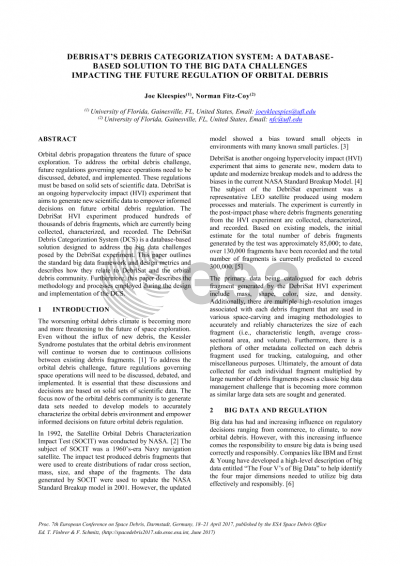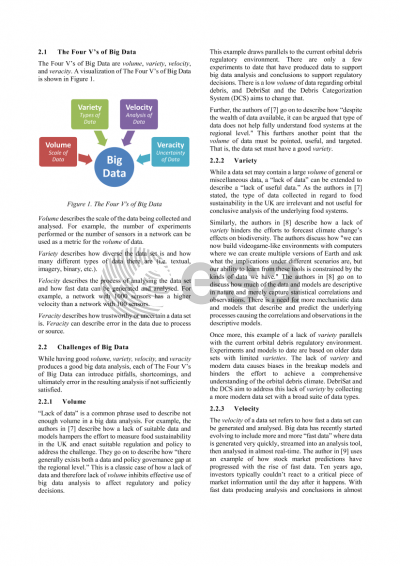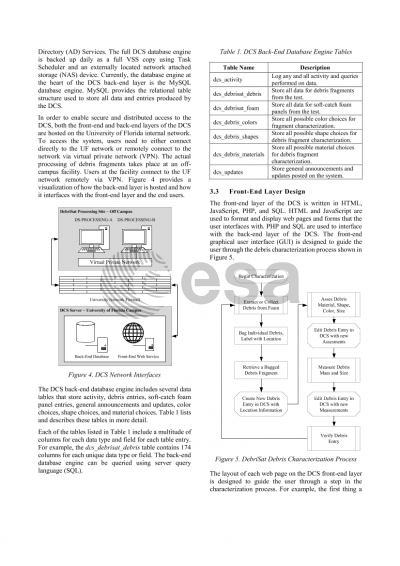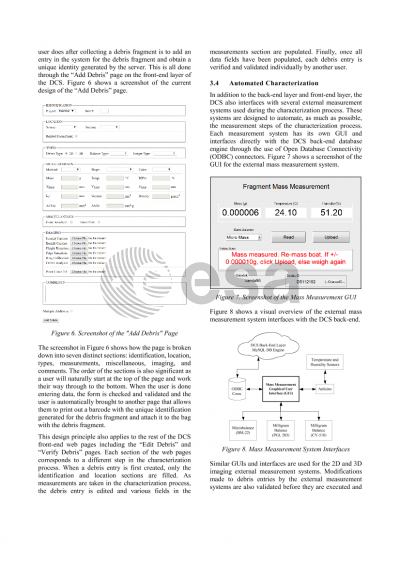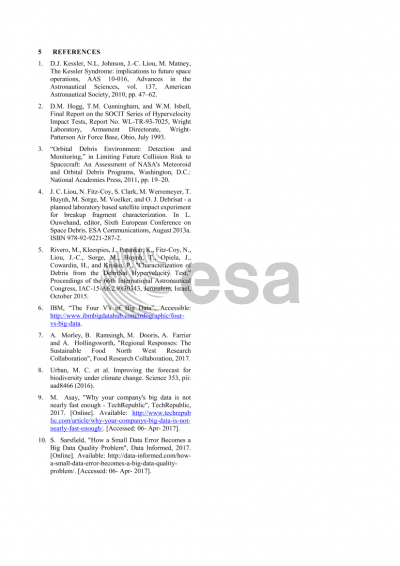Document details

Abstract
The every-intensifying problem of orbital debris propagation threatens the future of space exploration. The Kessler Syndrome postulates that the current orbital debris climate will continue to worsen, even without an influx of new debris, through continuous collisions between existing orbital debris. To address this orbital debris dilemma, future regulations governing space operations will need to be discussed, debated, and implemented. It is essential that these regulations and decisions are based on solid sets of scientific data. The current state of orbital debris regulation is like that of climate regulation a few years ago. It was clear that there may have been human factors contributing to changes in climate and global warming; however, there was not enough scientific data to make informed regulatory decisions. Now, many long-term scientific studies and models based on large sets of data collected over many years have been published that support the theses of climate change and global warming. These models and studies have prompted newer, more aggressive regulations that have been more effective and poignant due to a new confidence provided by these models and studies. The focus now of the orbital debris community is to generate similar data sets needed to generate models and conclusions to accurately characterize the orbital debris climate and empower informed decisions on future orbital debris regulation.
DebriSat is an ongoing hypervelocity impact test experiment that aims to address the orbital debris challenge by generating new data to update and modernize current orbital debris breakup models. The experiment is now in the post-impact phase where the debris generated from the impact test are characterized and logged. Initial estimates for the total number of debris generated by the test were around 85,000 fragments; these estimates have already been surpassed. The primary data being collected on each debris fragment include mass, shape, color, size, volume, and density. Additionally, there are multiple high-resolution images associated with each debris fragment that are used in various space-carving and imaging techniques to determine size and volume accurately and reliably. Furthermore, there is a plethora of other metadata collected on each debris fragment used for tracking, logging, and other miscellaneous purposes. Ultimately, the amount of data collected for each individual fragment multiplied by massive number of debris fragments poses a classic big data management challenge that is becoming more common as similar large data sets are sought and generated.
The Debris Categorization System (DCS) was specifically designed for the DebriSat project to address the big data challenges posed by the need to manage, track, and store the characterization data for each debris fragment. The DCS is comprised of a front-end user interface for data entry and content management as well as a back-end database-based foundation used to track, store, secure and backup the entered data. This paper discusses the methodology and processes employed during the design and implementation of the DCS as it relates to these big data challenges. Furthermore, this paper discusses the need for a big data mentality when addressing the regulatory challenges of orbital debris and how systems like the DCS help to make large data sets like DebriSat’s more accessible and useful in creating effective regulatory conclusions.
Preview
